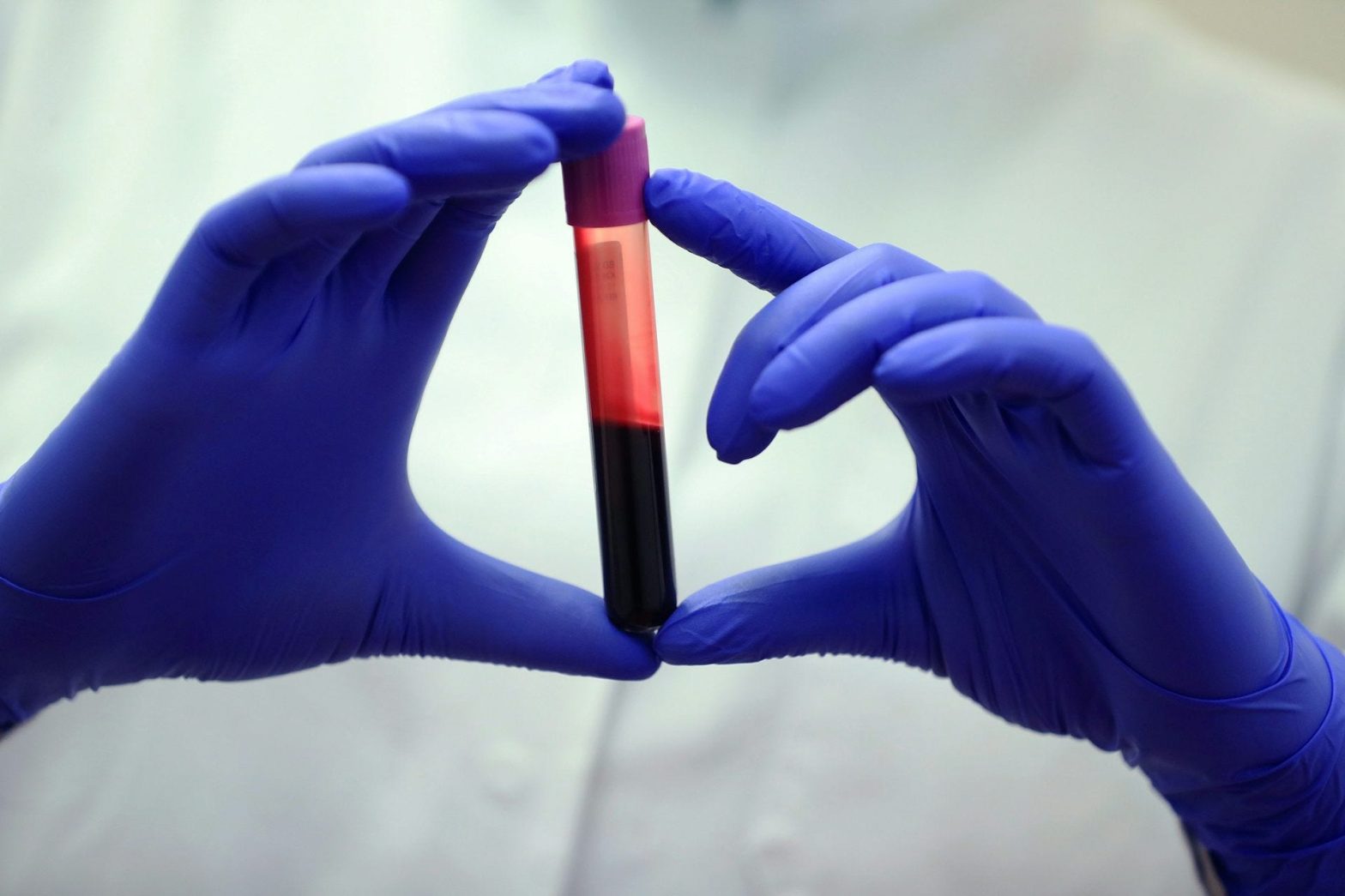In an era where personalized medicine is rapidly advancing, the conventional approach to blood tests is undergoing a significant transformation. For decades, the interpretation of blood test results has relied on standardized ‘normal’ ranges, a one-size-fits-all method that often fails to account for individual biological differences. However, groundbreaking research is now leveraging the power of machine learning to redefine what constitutes ‘normal’ for each patient, promising more accurate diagnoses and proactive healthcare strategies.
This article explores the innovative use of machine learning in analyzing complete blood counts (CBCs), one of the most frequently ordered blood tests worldwide. By examining how individual patient data can refine the understanding of normal lab values, we delve into the potential of this technology to improve diagnostic precision and predict future health risks. Discover how this personalized approach could revolutionize your next doctor’s visit.
Understanding Clinical Tests and Complete Blood Counts
Clinical tests are integral to modern healthcare, extending beyond simple positive or negative results. Many tests, like the complete blood count (CBC), measure biological traits that the body continuously adjusts. A CBC provides a detailed profile of blood cells, including red blood cells, platelets, and white blood cells, each playing a vital role in maintaining health.
For instance, hemoglobin, the iron-containing protein in red blood cells, carries oxygen throughout the body. Low hemoglobin levels may indicate iron deficiency. Similarly, platelets facilitate blood clotting, and low platelet counts could signal internal bleeding. White blood cells, essential for the immune system, increase during infections.
The Challenge with Normal Ranges and Reference Intervals
Traditionally, clinicians determine reference intervals by measuring blood tests in a range of healthy individuals. The middle 95% of these values are considered ‘normal.’ However, this method presents a significant challenge: what is normal for one person may not be normal for another.
Blood count markers are largely heritable, influenced by genetics and environment. An individual’s ‘set point’—the value their body aims to maintain—can differ significantly from population-based reference intervals. For example, while a normal platelet count typically ranges from 150 to 400 billion cells per liter, an individual’s body might naturally maintain a count around 200, with a personal normal range of 150 to 250.
These discrepancies can lead to diagnostic inaccuracies. Doctors might overlook a disease if a patient’s set point is far from the standard cutoff or order unnecessary tests if the set point is too close. Recognizing these individual differences is crucial for more precise medical evaluations.
Machine Learning: Defining What’s Normal for You
With the advent of machine learning, there’s now an opportunity to personalize lab test readings. Researchers have developed models that estimate blood count set points for individuals based on their medical history. By analyzing routine checkups and multiple blood counts over time, these models can identify a patient’s unique normal ranges.
Studies have shown that individual normal ranges are significantly narrower than population-level ranges. For instance, while the standard white blood cell count ranges from 4.0 to 11.0 billion cells per liter, individual ranges might be more like 4.5 to 7 or 7.5 to 10. Using these personalized set points improves the diagnosis of conditions like iron deficiency and chronic kidney disease.
Moreover, these set points are strong indicators of future health risks. High white blood cell set points, for example, correlate with an increased likelihood of developing Type 2 diabetes and a higher risk of mortality. This predictive capability underscores the potential of personalized medicine in proactive healthcare.
The Future of Personalized Medicine and Blood Tests
The integration of machine learning in blood test analysis marks a significant step toward personalized medicine. By using individual medical histories to define what healthy means for each patient, doctors can improve disease screening and interpret new test results with greater accuracy. This approach promises a more tailored and effective healthcare experience.
As technology advances, expect to see more sophisticated models that incorporate a broader range of factors, such as genetics and lifestyle, to refine individual set points. This will not only enhance diagnostic precision but also empower patients to take a more active role in managing their health.
Conclusion: Key Takeaways and Future Implications
The shift from one-size-fits-all blood test interpretations to personalized, machine learning-driven analysis is set to revolutionize healthcare. By understanding individual normal ranges, doctors can improve diagnostic accuracy, predict future health risks, and provide more tailored treatment plans. This innovative approach marks a significant leap toward proactive and personalized medicine.
As we continue to refine these technologies, the potential for early disease detection and prevention will expand, offering new hope for improved health outcomes. The future of blood tests lies in personalization, where your unique biology guides your healthcare journey, ensuring that you receive the most appropriate and effective care possible.
